13 Outrageous Rules for Women in the ’40s That Wouldn’t Fly Today
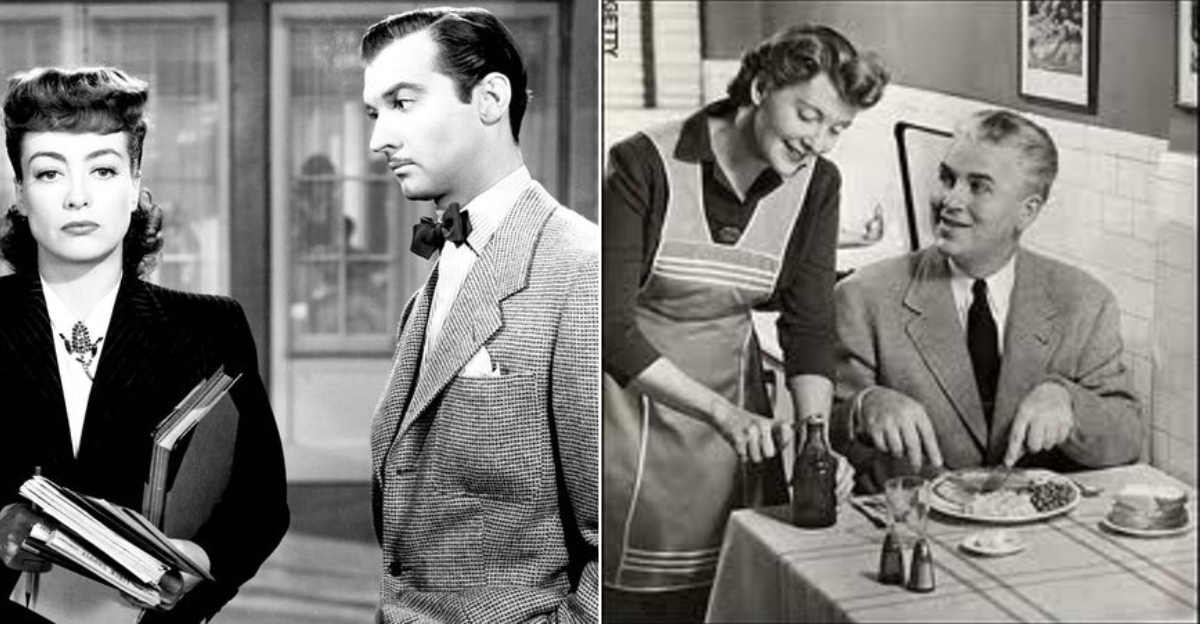
The 1940s was a time of profound societal shifts, yet women were still expected to follow a rigid set of rules that today seem almost laughable. These rules governed everything from career choices to personal freedoms, reflecting a time when gender roles were deeply entrenched.
Looking back at these unbelievable restrictions, it’s clear just how much has changed, and in some cases, how some outdated ideas still linger. Let’s travel to the past and see what were those rules that shaped women’s lives in the 1940s.
1. Mandatory Housewife Role
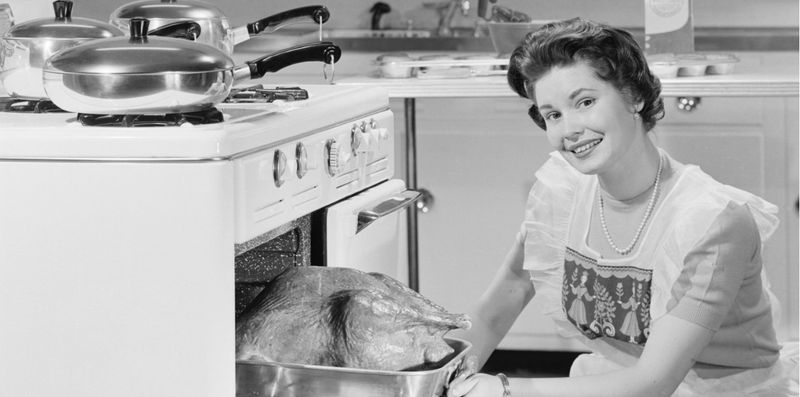
In the 1940s, a woman’s primary role was to be the ideal housewife. Keeping a spotless home, preparing meals, and caring for the family were considered her ultimate purpose in life.
Career aspirations? Personal dreams? Those were often dismissed or even frowned upon—society insisted that a woman’s place was at home, not in the workforce.
While some women embraced this role, many felt trapped by it. The push for women’s rights and workplace equality in later decades would finally begin to change this narrative.
2. Strict Dress Codes
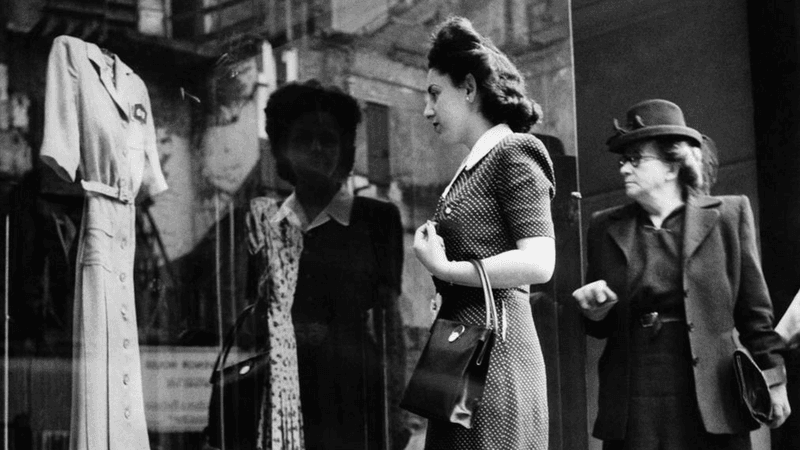
Women had to follow strict fashion rules that prioritized modesty and femininity. Trousers? Rarely acceptable. Skirts had to be a certain length, and no outfit was complete without a hat and gloves.
Dressing outside these norms wasn’t just a personal choice—it could invite social disapproval and even workplace discrimination.
By the 1950s and 60s, women started to challenge these rules, paving the way for greater freedom in fashion choices.
3. Limited Career Opportunities
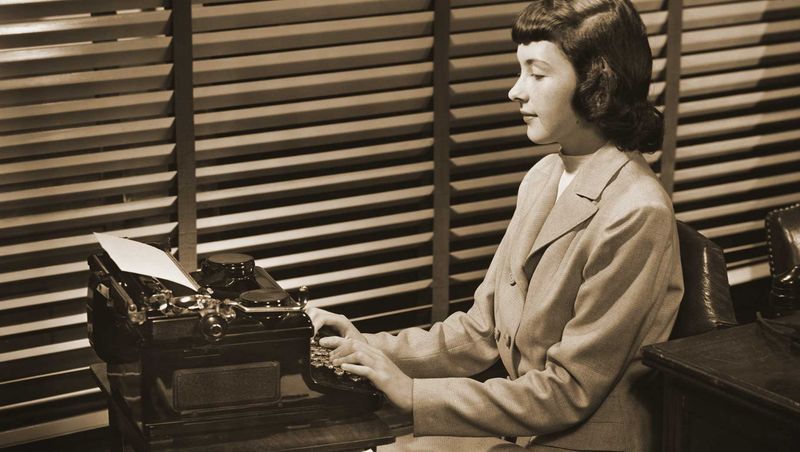
Women were expected to pursue only a handful of careers, mainly teaching, nursing, or secretarial work. Anything beyond that was considered too ambitious or unsuitable for women.
Breaking into male-dominated fields was nearly impossible, as employers openly preferred to hire men over women for higher-paying positions.
Despite these barriers, some women defied expectations, laying the groundwork for future workplace equality movements.
4. Marriage as a Necessity
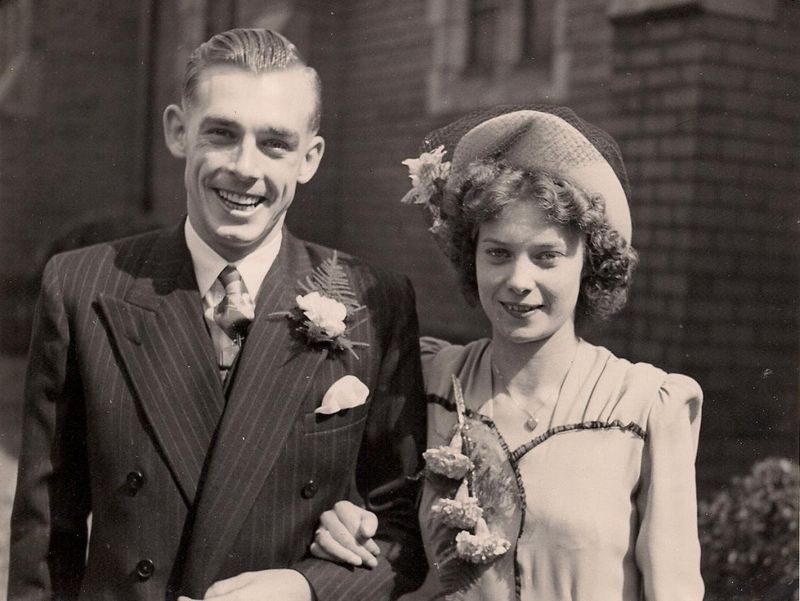
If a woman wasn’t married by her mid-20s, she was labeled an “old maid.” Society viewed marriage as a necessity rather than a personal choice.
Many felt pressured into marriage out of fear of social rejection rather than love or compatibility.
By the 1960s and beyond, attitudes slowly began to shift, allowing women to prioritize personal fulfillment over societal expectations.
5. Prohibition from Playing Sports
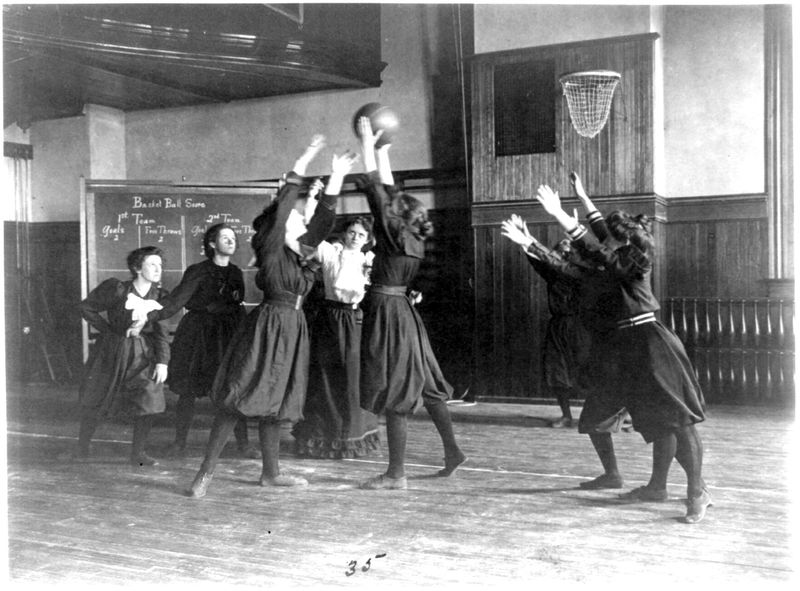
Women participating in sports? Completely frowned upon. Many believed that physical activity could make women “too masculine” or was simply “unladylike.”
Those who challenged this norm often faced resistance and ridicule. Athletic opportunities for women were scarce, and many sports teams and facilities were exclusively for men.
Over time, pioneers in women’s sports fought for inclusion, paving the way for the incredible female athletes we celebrate today.
6. Discouragement from Higher Education
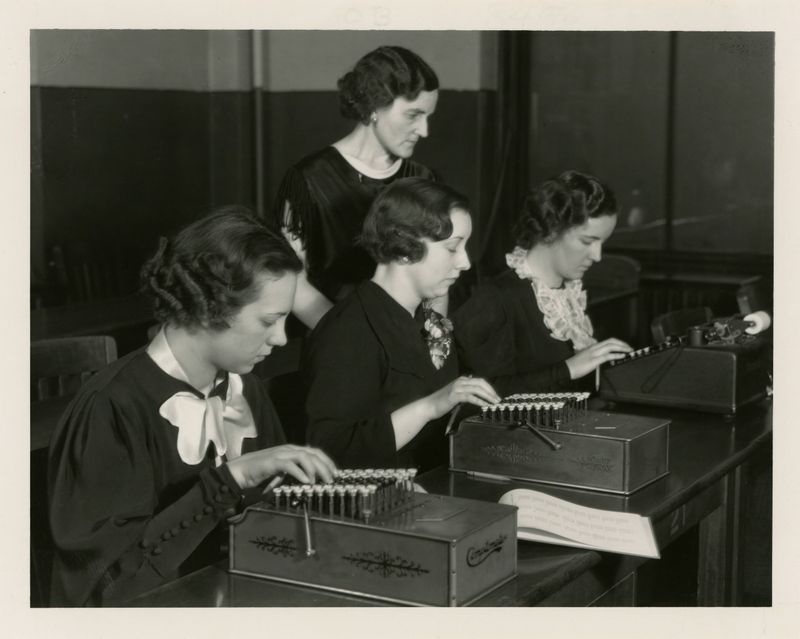
A woman’s education was often seen as secondary to her role as a wife and mother. Many parents and schools discouraged women from pursuing college degrees.
If women did attend college, they were expected to focus on subjects like home economics rather than sciences or business.
Thankfully, the 1970s and beyond brought major strides toward equal access to higher education, though challenges remain.
7. Travel Restrictions Without Male Escort
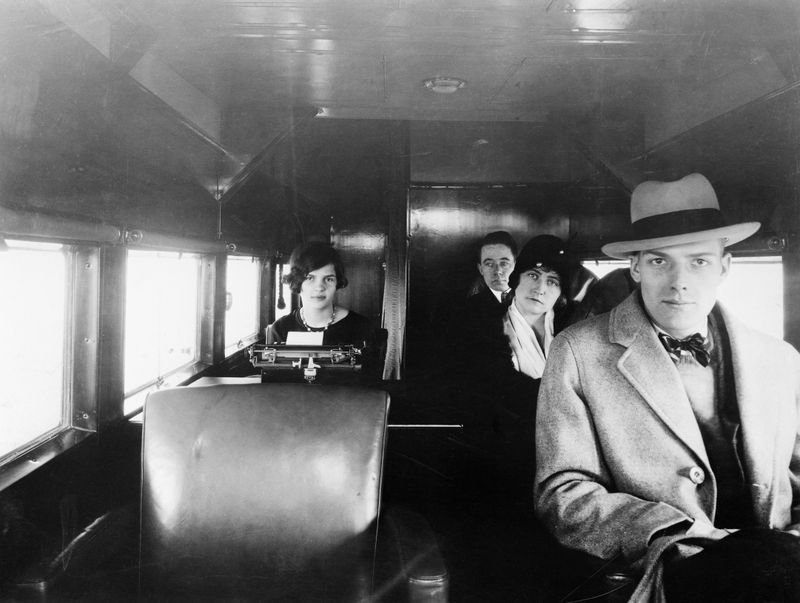
A woman traveling alone was considered scandalous. It was widely believed that a woman needed a male chaperone for protection and propriety.
Many hotels, restaurants, and even transport services would refuse to serve unaccompanied women.
Today, women travel freely and independently, but in the 1940s, solo female travelers faced stigma and restrictions.
8. Expectations to Be Demure and Submissive
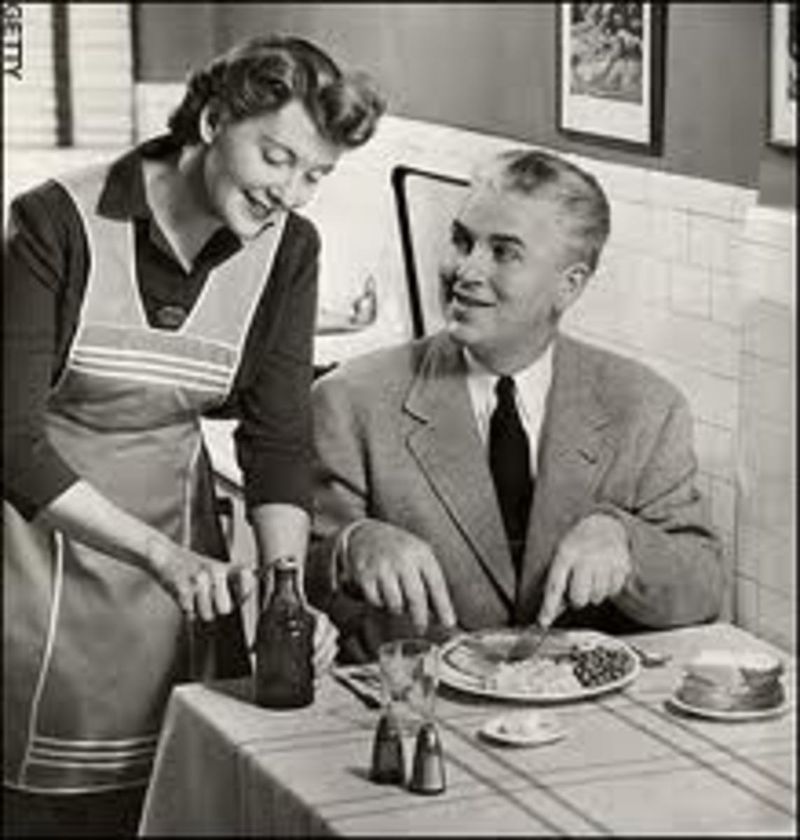
Assertiveness was not considered a desirable trait in women. Instead, they were expected to be soft-spoken, agreeable, and obedient to men.
Women who challenged this expectation were often criticized for being “too opinionated” or “difficult.”
Today, while gender biases still exist, women have far greater freedom to express themselves without fear of judgment.
9. Limited Financial Independence
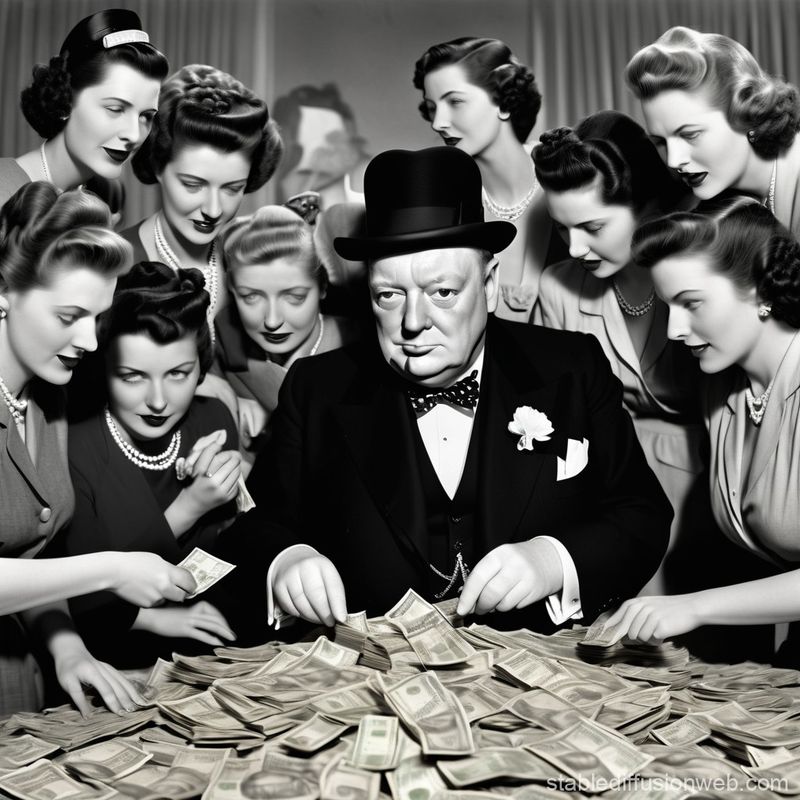
Owning a bank account or taking out a loan without a husband or father’s permission? Nearly unheard of in the 1940s. Women were financially dependent on men, as most financial institutions required a male guarantor for major transactions.
This left many women vulnerable, unable to secure their own financial future without relying on a male figure.
It wasn’t until the 1970s that women were legally granted the right to open bank accounts and apply for credit cards independently.
10. Social Stigma Around Divorce
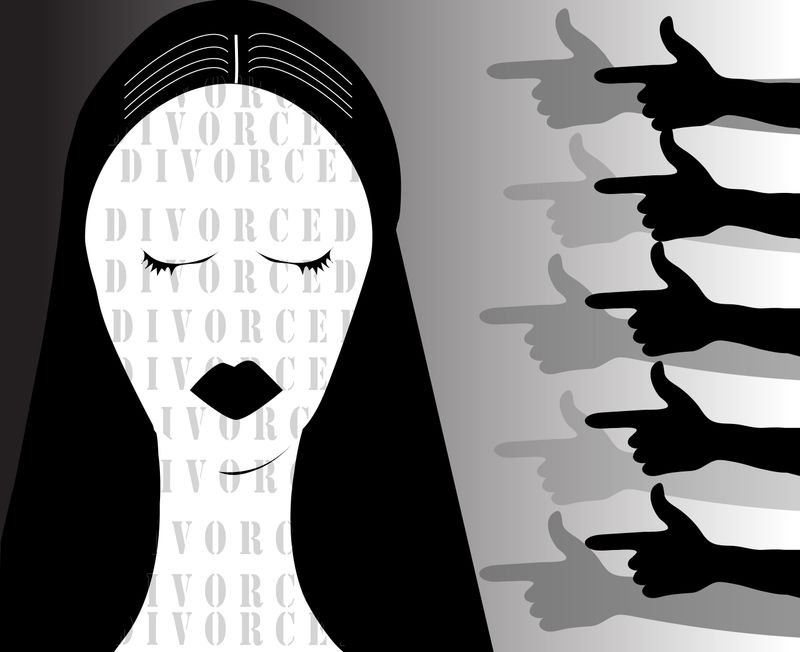
Leaving a marriage in the 1940s wasn’t just difficult—it was scandalous. Women who divorced were often seen as failures, regardless of the circumstances.
Many women remained in unhappy marriages to avoid social disgrace, as divorce was rarely seen as an acceptable option.
Over time, attitudes have shifted dramatically, giving women the freedom to prioritize personal happiness over societal expectations.
11. Restrictions on Political Participation
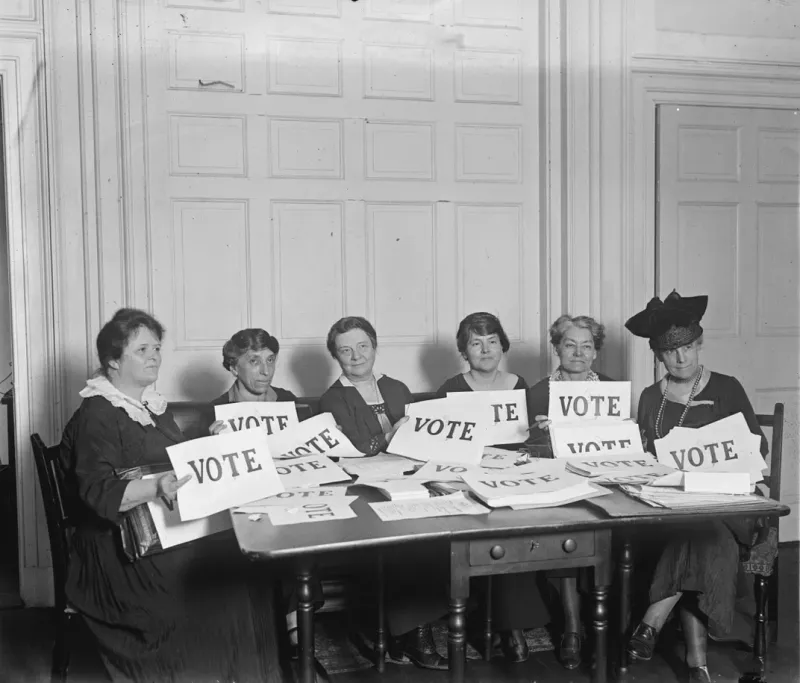
Despite gaining the right to vote decades earlier, women still faced significant barriers in politics. Holding leadership positions was rare, as most political roles were reserved for men.
Women were often encouraged to support male politicians rather than run for office themselves.
While some trailblazing women broke through these barriers, it wasn’t until later decades that female representation in government became more common.
12. Permission for Night Outs
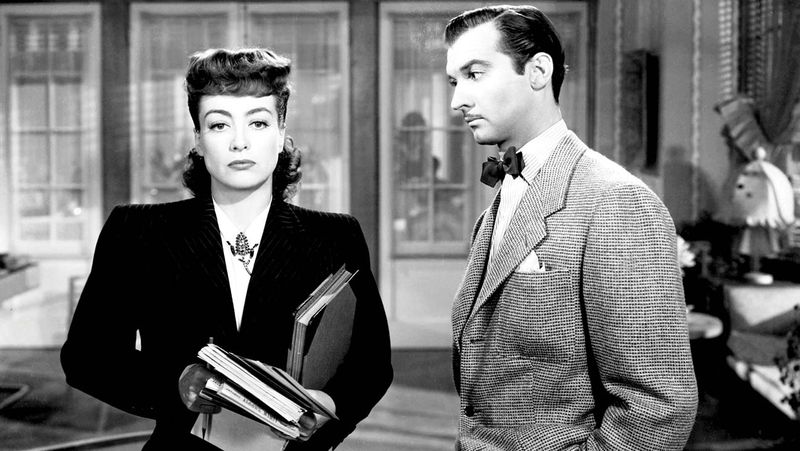
A woman heading out alone after dark? In the 1940s, that was highly frowned upon. Many women needed a husband, father, or brother’s approval just to go out in the evening.
The prevailing belief was that women were too vulnerable to be outside at night without male protection.
Today, while concerns for safety remain, women have far more autonomy and no longer need permission to enjoy a night out.
13. Beauty Standards Imposed by Society
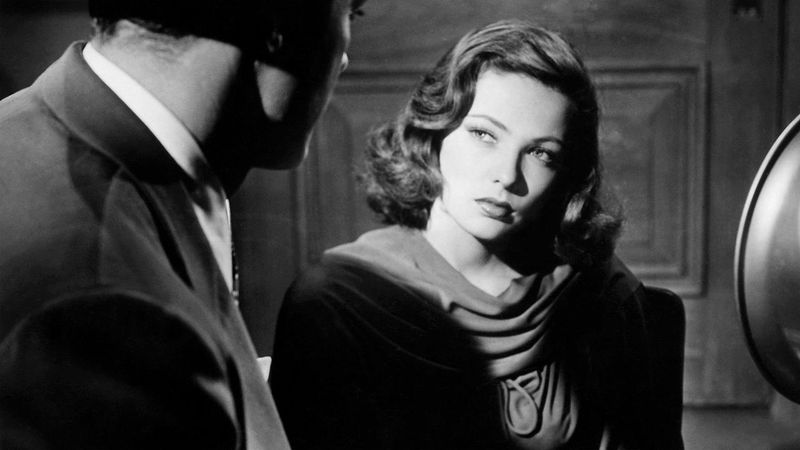
The 1940s imposed strict beauty standards on women, emphasizing “perfection” over individuality. The ideal woman was expected to have a slender figure, flawless complexion, and impeccable style.
Magazines and advertisements constantly reinforced a single, narrow definition of beauty, leaving little room for diversity.
While unrealistic beauty expectations still exist today, the modern era has embraced a more inclusive approach that celebrates different body types, skin tones, and styles.
